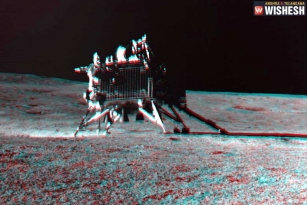
Hundreds of temporary moons may be orbiting earth, which are too tiny and small to be detected easily, researchers say.
Researchers have since long supposed that wandering asteroids might seldom approach earth close enough to get snagged by gravity and become temporary moons.
Mikael Granvik of the University of Helsinki in Finland and colleagues ran computer simulations of the abundance of asteroids of various sizes in Earth’s neighbourhood and the likelihood of their capture in a close encounter, New Scientist reported.
An object must start off in an orbit almost identical to earth’s in order to be captured. This implies that the asteroids are travelling at more or less the same speed as earth, making it feasible for them to get held-up by earth’s gravity, helped by gravitational pulls from the sun and moon. Similar perturbations ultimately shake them loose.
The team estimated that, on average, one asteroid about 1 metre across is in Earth’s orbit at any given time, and 1000 or so smaller space rocks down to 10 centimetres across should be in orbit too.
“There’s a lot more of these than people may have been thinking,” Granvik said.
They orbit at distances between five and 10 times as distant from Earth as the moon. Majority of them stay in orbit for less than a year, however some stay for much longer durations. One of the objects in the team’s simulations stayed in orbit for nearly 900 years.














